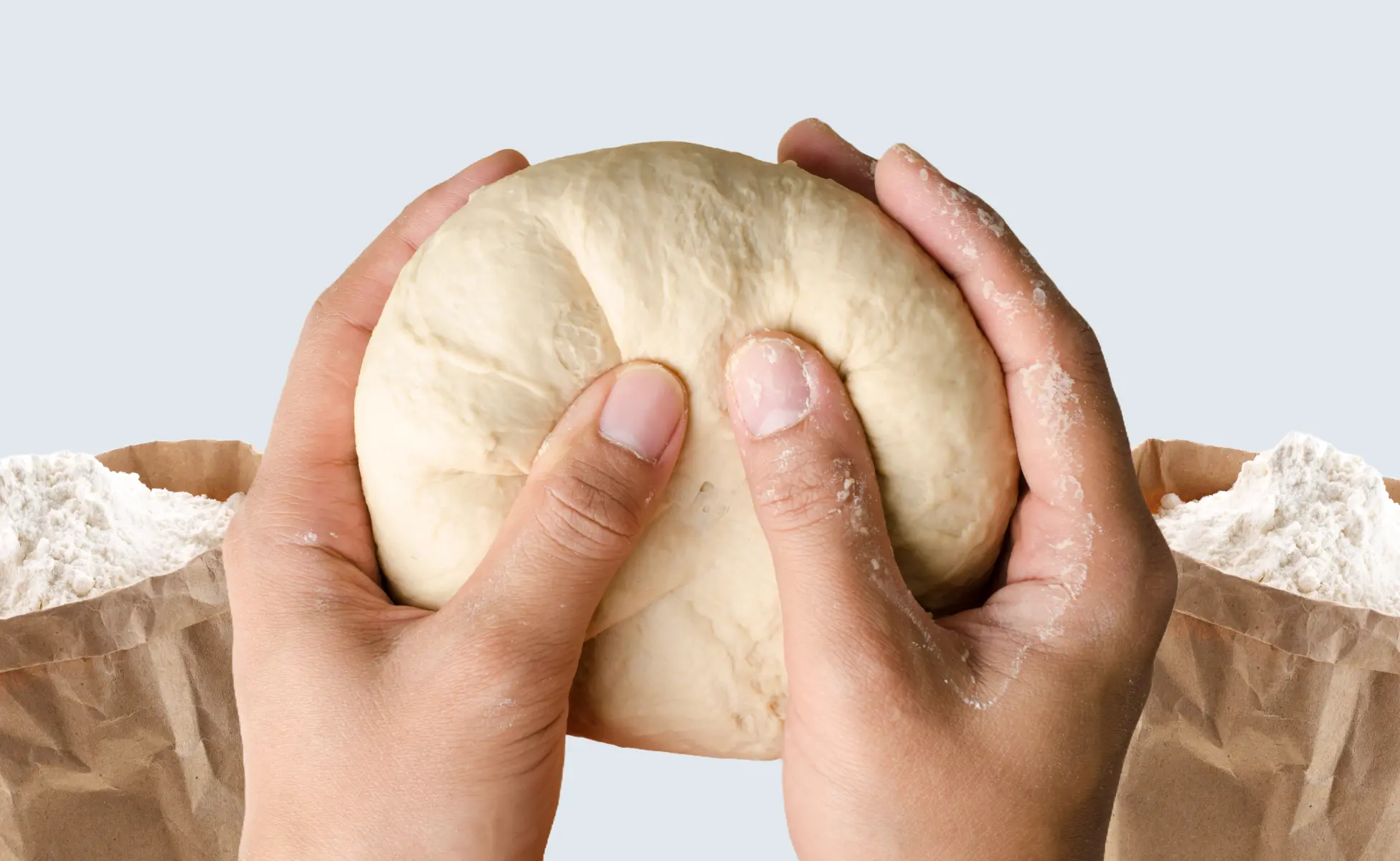Understanding Batter Behavior in Commercial Baking
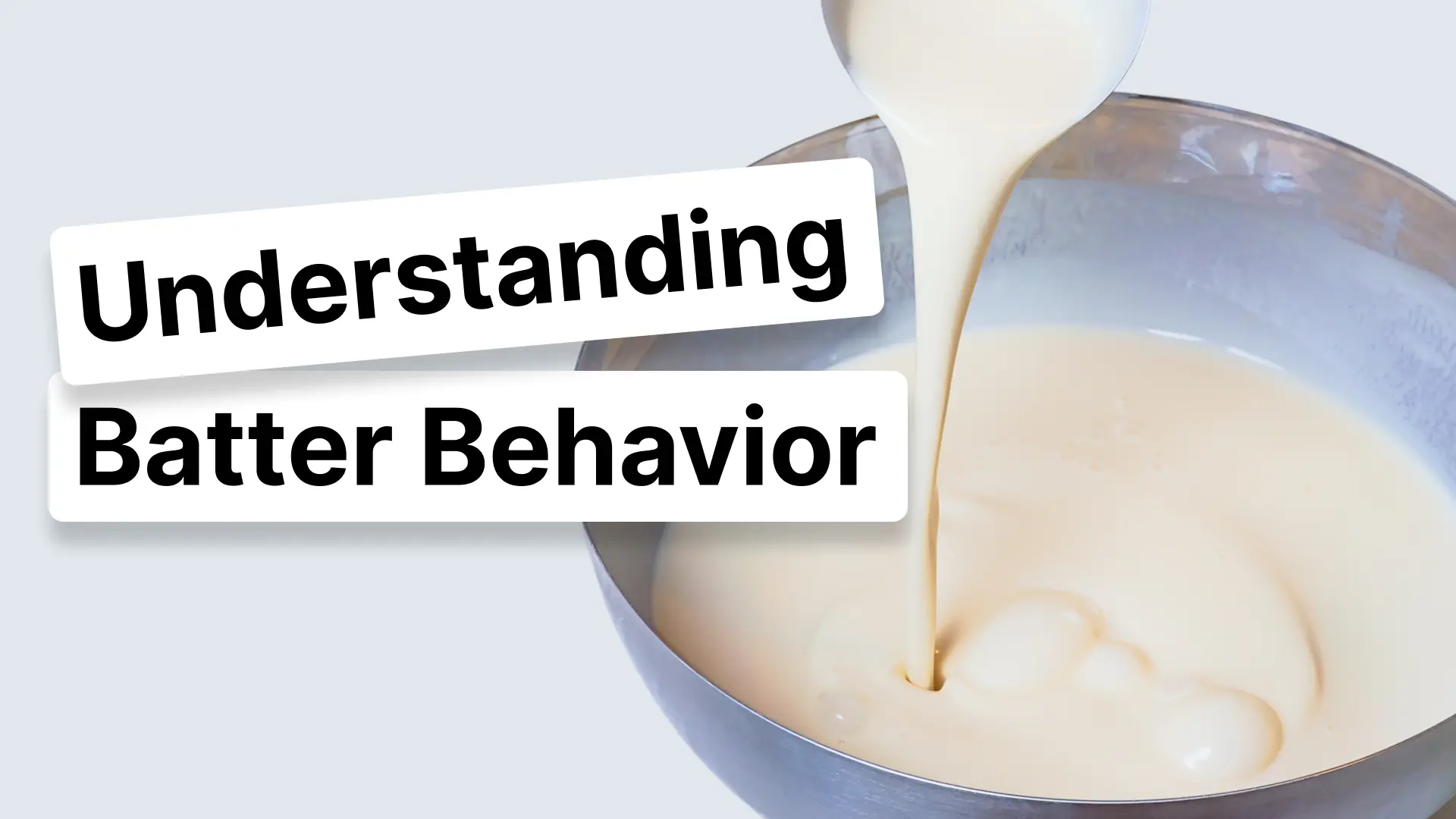
Batter-based products (e.g., cakes, pancakes, wafers, cake donuts, and more) are staples of high-volume food manufacturing. Yet, the science behind batter behavior is complex, and even slight variations can lead to significant differences in product quality, yield, and shelf life. This article explores the key factors influencing batter behavior, the challenges of monitoring it at scale, and how objective analysis tools can empower manufacturers to achieve consistent results.
The Science of Batter Behavior
What is Batter?
Batter is a mixture of flour, water, and other ingredients (such as eggs, sugar, and fats) that forms the basis for many baked goods. Unlike stiff doughs, batters are typically pourable or semi-liquid and sticky.
In industrial/commercial bakeries, batters can also include functional ingredients such as enzymes, emulsifiers, hydrocolloids, and preservatives, which can affect the final product. This makes their behavior during the process especially sensitive to small changes in formulation or process.
Key Components and Their Roles
Let’s use cake batter as an example. In industrial and commercial baking, cake batter is a precisely formulated mixture of ingredients that must deliver consistent volume, texture, taste, and shelf life. Each component plays a specific functional role, often optimized for large-scale processing. Recipes are adjusted to ensure flowability, bake performance, and machine compatibility. Functional roles must remain stable across high-speed mixing, pumping, depositing, and baking lines.
Here’s a breakdown of the key components and their functions:
- Flour: provides structure, comprised of ~70% starch, which is the main factor in water absorption
- Sugar: adds sweetness, aids in moisture retention, contributes to gas expansion, and browning through the Maillard reaction
- Eggs: provide structures, act as an emulsifier, add moisture, and contribute to leavening
- Fats/Oils: improves tenderness, aids in aeration, enhances flavor, and extends shelf life
- Leavening Agents: Generate CO₂ gas during mixing and baking to create volume, ensuring uniform crumb and texture
- Liquids: hydrate starch and proteins, dissolve sugar and leavening agents, assist in emulsion, and impact viscosity
- Emulsifiers & Additives: stabilizes emulsions, improves aeration, and extends freshness & shelf life
- Stabilizers & Gums: improve viscosity control, prevent ingredient separation, and enhance texture, especially in gluten-free or low-fat versions
- Flavors and Colors: provides characteristic flavor and visual profiles
Critical Stages in Batter Processing
Mixing: Hydration and initial development of structure.
Fermentation/Resting: Enzyme activity and gas production.
Heating (Baking): Starch gelatinization, protein denaturation, and expansion.
Cooling: Starch retrogradation, setting crumb structure.
Challenges in Monitoring Batter Behavior at Scale
Subjectivity in Traditional Assessment
Most bakeries still rely on visual or manual assessment of batter and dough, a subjective and operator-dependent method. As experienced bakers retire, this approach becomes less reliable and harder to standardize.
Process Variability
Ingredient quality, environmental conditions, and process steps (e.g., mixing speed, temperature) all interact to affect batter behavior. Even flour that meets standard protein specs can perform unpredictably due to unmeasured starch or enzyme variations.
Lack of Objective, At-Line Data
Manufacturers struggle to make informed process control decisions without reliable, quantitative data at key production steps. This can lead to batch failures, waste, and inconsistent product quality.
Why Objective, Comprehensive Analysis Matters
Consistent product quality in modern bakeries requires more than tradition — it demands objective, data-driven analysis that accounts for starch behavior, reduces operator subjectivity, and supports real-time process control.
Flour is approximately 70% starch, yet most QC tests still focus on protein. That’s a problem because gluten structure is weak or absent in liquid doughs like cake, donut, or pancake batters. Instead, it’s starch gelatinization during baking that:
- Builds structure and crumb
- Traps gas bubbles for volume
- Influences softness, color, and texture
Despite its importance, starch behavior — including gelatinization, viscosity, and retrogradation — is rarely measured during production. That makes it hard to:
- Predict why doughs fail even when flour meets the spec
- Understand changes in bake quality or shelf life
- Optimize variations in formulas with less egg, fat, gluten, etc.
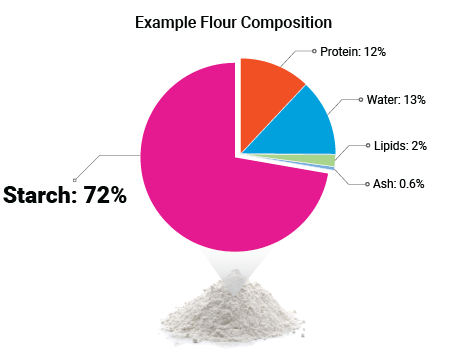
Operator dependence limits consistency. For decades, experienced bakers and technicians have relied on manual checks, like assessing dough “feel” or batter flow, to make real-time decisions. But those skills are difficult to teach and even harder to standardize across teams or shifts. As veteran staff retire, bakeries face growing variability due to subjective assessments and inconsistent interpretations of product quality.
Real-time data enables better process control in large-scale production operations. These lines move fast, and there’s little room for error. Bakeries need rapid, objective feedback at multiple stages to maintain consistency and reduce waste, not just spot checks or lab confirmations. When operators can measure key attributes like dough consistency, starch performance, and mixing behavior in real time, they can prevent defects before they happen and create a traceable path for continuous improvement.
Objective Analysis in Action: The Mixolab 300
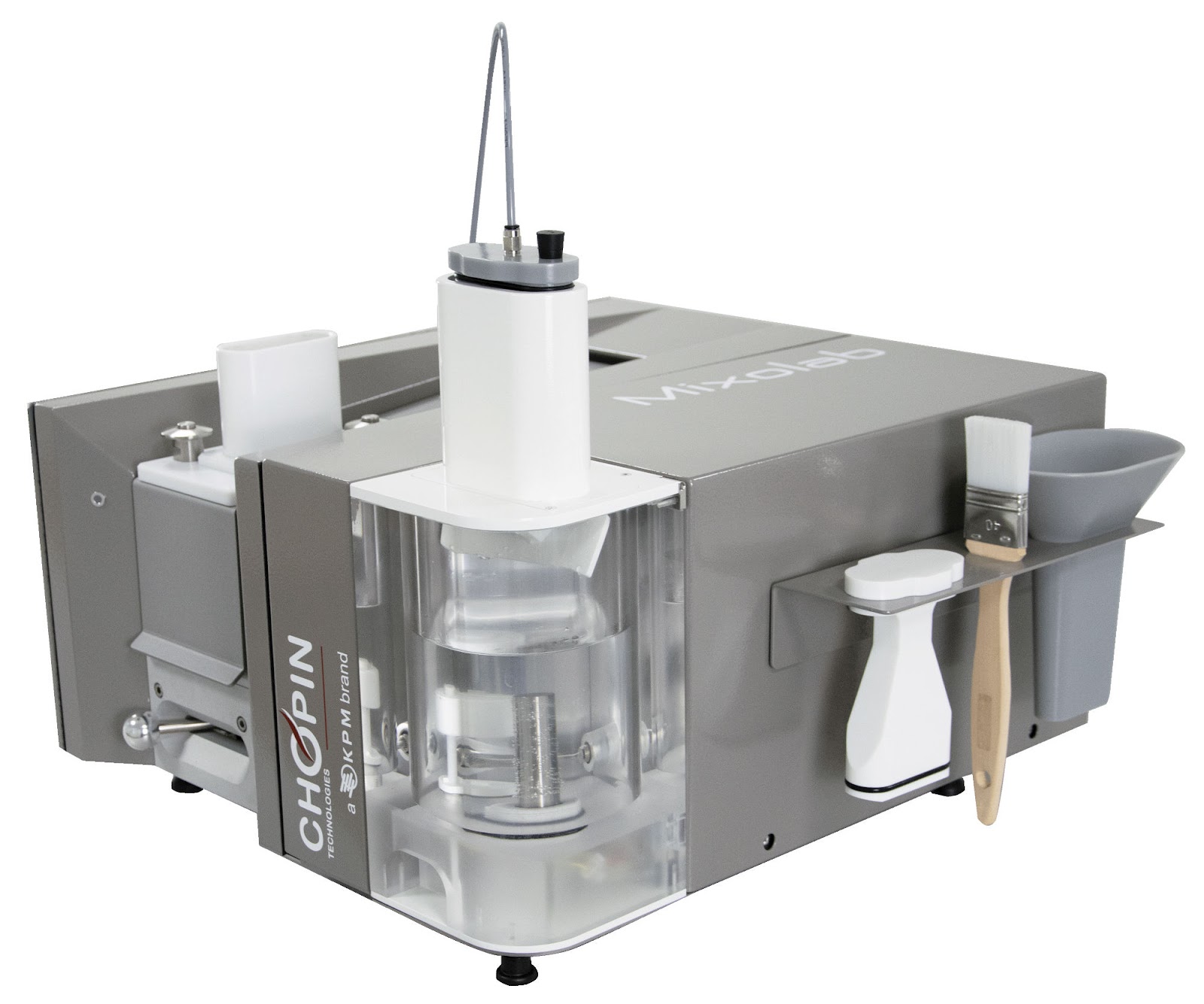
How the Mixolab 300 Works
The Mixolab 300 is a universal flour and dough analyzer for laboratory and at-line use. It stimulates the baking process—mixing, heating, and cooling—to assess the functional interactions of starch, proteins, enzymes, and other components.
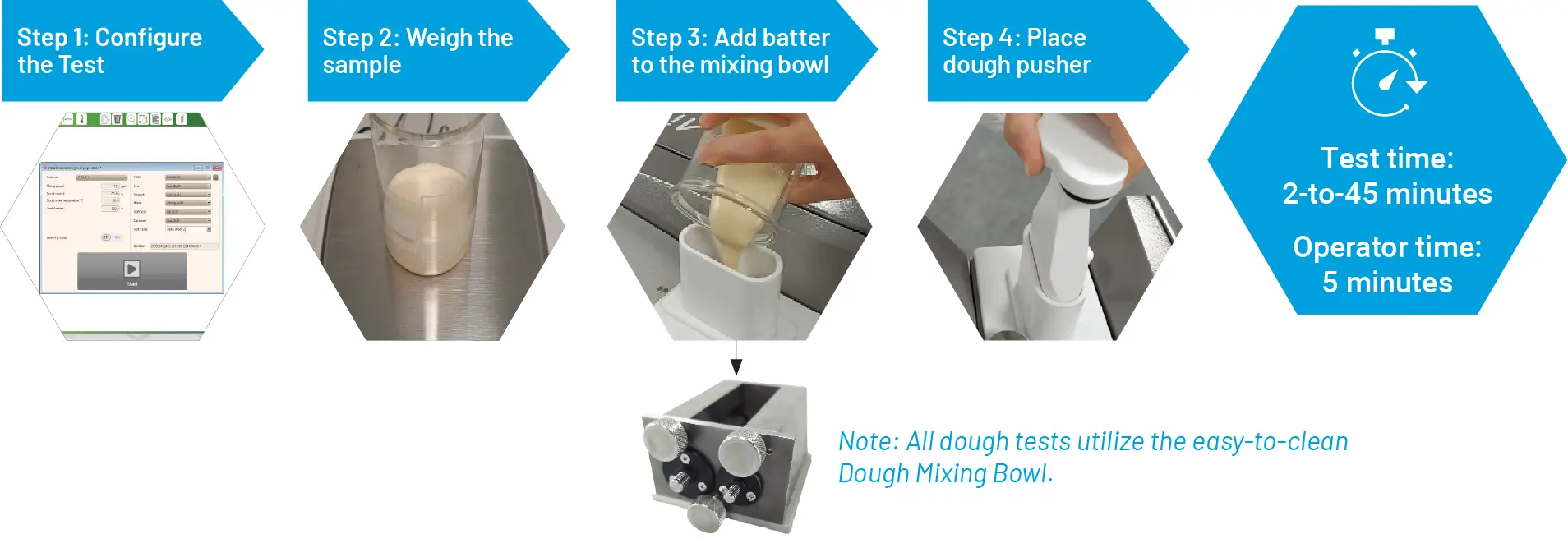
Key Features for Batter and Liquid Doughs
- Dough Introduction Kit: allows easy introduction and repeatable testing of batters and doughs of any consistency, from liquid to sticky or crumbly.
- Liquid-Tight Mixing Bowl: prevents leaks and enables accurate testing of even the most fluid batters.
- Instant Consistency Mode: provides an objective reading of batter or dough consistency in as little as two minutes—ideal for production monitoring.
- Full Test Mode: offers a complete view of batter behavior during all process phases, supporting R&D and troubleshooting.
- Customizable Protocols: adaptable to different flour types, recipes, and process requirements.
Benefits for High-Volume Manufacturers
Unlike instruments limited to testing flours, the Mixolab 300 can anticipate baking performance by analyzing flour AND dough. Installed in quality control labs or near production lines, the Mixolab 300 dough characterizer can collect data on dough consistency and rheological properties, including starch behavior, providing key quality measurements.
Mixolab 300 can analyze all types of doughs and liquid batters, from bread dough to cake and wafer batters. It comes with two different dough testing modes. The first is the "Instant Consistency" test mode, which provides quality-control data in minutes for production monitoring. The second mode offers a comprehensive “Full Test” that analyzes how ingredients interact during temperature changes—ideal for R&D and new product development.
Objective, Repeatable Data: Reduces reliance on operator intuition and supports statistical process control.
Comprehensive Analysis: Mixolab 300 measures both protein and starch behavior, giving a fuller picture of batter performance. It also assesses the functional interactions of other components in the recipe (additives, improvers, etc.).
At-Line and Lab Use: Supports both routine QC and in-depth research.
Traceability and Compliance: Digital records facilitate audits and continuous improvement.
Create Custom Test Protocols: In addition to the ready-to-use protocols, the Mixolab Series offers numerous possibilities for adapting and customizing protocols to respond to most of the new emerging challenges, such as:
- Gluten-free flours
- Starches
- Enzymes
- Pulses
- Vital gluten
- Insect powders, and more
R&D Example: Reducing Eggs in Cake Batters
Cake formulations are especially sensitive to egg content. Eggs contribute structure, moisture, and emulsification, so removing or reducing them can dramatically alter dough behavior and final texture.
We conducted tests with the Mixolab 300 to determine the impact on the final product when we reduced the number of eggs in the recipe. Here we examined 2 formulations:
- A control batter using full egg content
- An alternate formulation with reduced eggs
Using the Full Test Mode, Mixolab 300 generated torque curves that tracked consistency throughout mixing, heating, and cooling phases. The reduced-egg version showed a decrease in the torque during heating, indicating a weaker structure.
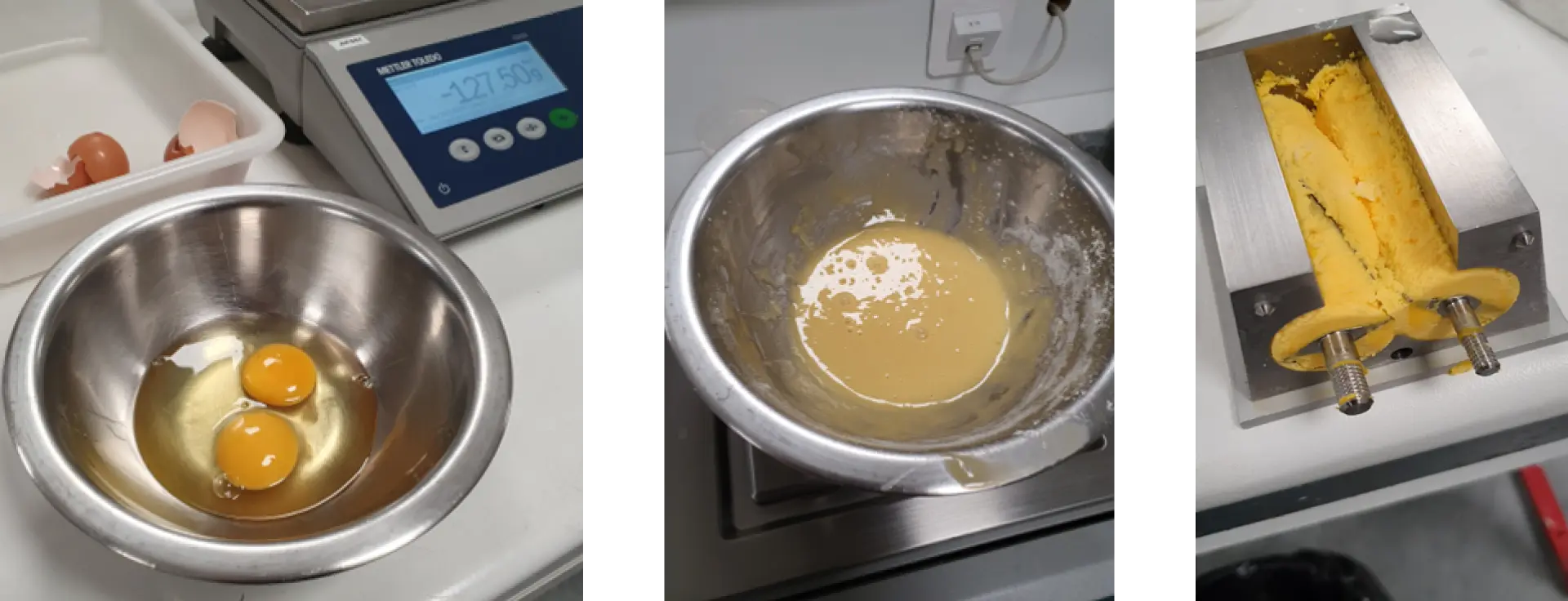


What Is Dough Consistency in Nm?
- Nm (Newton-meter) is a unit of torque, or rotational force.
- In the context of the Mixolab 300, it represents how much resistance the dough gives while being mixed by the instrument’s mixing blades.
- Higher torque (higher Nm) = a firmer, stronger, or more resistant dough
- Lower torque (lower Nm) = a softer, weaker, or more fluid dough
Why This Matters in Dough Testing
The Mixolab 300 tracks how dough recipes react to mechanical mixing and temperature changes, simulating what happens in actual bakery production.
How the Mixolab Measures It
- The Mixolab’s blades rotate at a fixed speed.
- As dough is mixed and the temperature changes, the instrument measures how much force (torque) it takes to maintain that rotation.
- It plots this as a curve over time, showing consistency changes due to:
- Flour properties
- Overall formulation
- Process impacts
Mixolab also remains the perfect tool for flour testing in general. Specifically, Mixolab identifies:
- Mixing impacts (water absorption, development time, stability…)
- Gluten resistance to temperature stability
- Starch gelatinization
- Enzyme activity
- Changes during cooling/retrogradation
The Advantages
- Comprehensive Analysis: Provides information on protein AND starch, and assesses the interactions between all of the ingredients
- Objective Data: No guesswork — you get a number, not just a feel
- Repeatable: You can define a target Nm range as a specification for QC based on your unique formulation
- Diagnostic: Shifts in the curve help pinpoint formulation issues, enzyme problems, or ingredient variability
Conclusion
Understanding and controlling batter behavior is critical for high-volume food manufacturers. The complexity of modern formulations, process variability, and the decline of experienced operator-based assessments all indicate the need for objective, comprehensive analysis. Tools like the Mixolab 300 enable manufacturers to move beyond subjective checks, providing actionable data that supports quality, consistency, and innovation in commercial baking.
Other Posts in the Series
Yes, the Mixolab has been equipped with the Simulator feature, which allows you to obtain data at all points equivalent (values and units) to the Farinograph®. This allows you to compare the data with partners or to have a first assessment of the wheat quality with a small sample size.
Yes, the milling process always causes a degree of damage to starch, but it is important to understand the level of damage and how it will affect the final product.
Related Blog Posts







